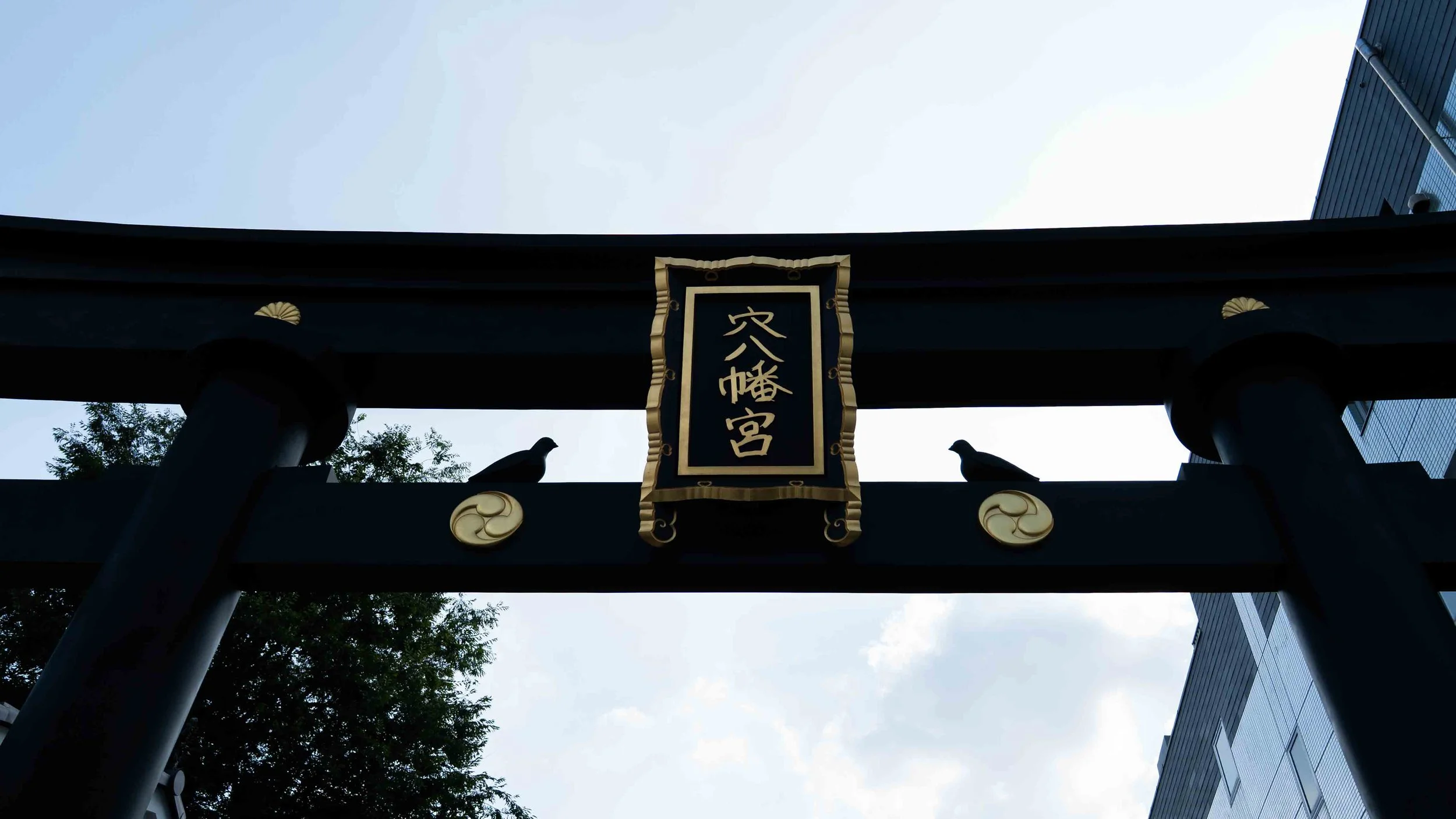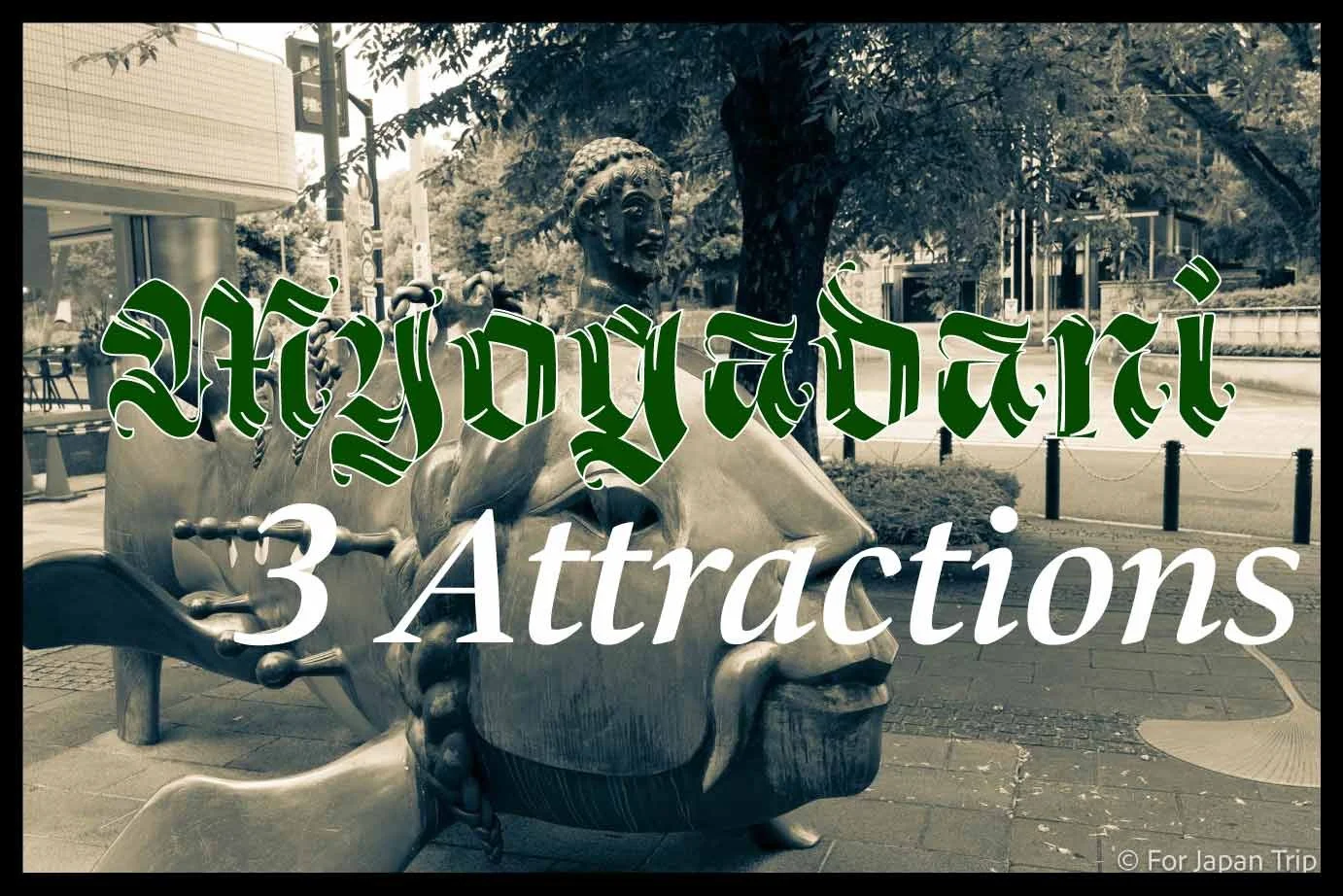Top 3 Attractions in Waseda, Tokyo Travel
※updated on July 22 2025
The Waseda area in Shinjuku city, Tokyo, is known as a hub of academics and culture. At its heart lies Waseda University, one of Japan’s most prestigious private universities, giving the area a vibrant atmosphere filled with students and researchers.
Many notable figures are alumni of Waseda University, contributing to politics, business, and sports. Tadashi Yanai, the CEO of UNIQLO, a global apparel brand, is also a graduate of Waseda University.
The area surrounding the university features many related institutions, second-hand bookstores, cafés, printing shops, and affordable eateries geared toward students, creating an intellectual yet welcoming townscape.
Waseda also retains a strong sense of history and tradition. Near the university stands “Dorado Waseda,” a uniquely designed building by an architect often dubbed the "Gaudí of Japan," whose distinctive façade catches the eye of passersby.
Nestled quietly in the city are spots like Kansen-en Park, a traditional Japanese garden, and Anahachimangu Shrine, famous for bringing good financial fortune.
Here, we’ll introduce three recommended spots to visit in the Waseda area.
1) Dorado Waseda
Nestled in Tsurumaki-cho, Waseda, Shinjuku, Tokyo, Dorado Waseda is a fantastical building that looks nothing like a typical residence—it appears as though it has stepped straight out of a fantasy world. Built in 1983, this designer apartment complex is one of the signature works of architect Jukō Bon, often referred to as “Japan’s Gaudí.” The structure exudes a unique world view that leaves a lasting impression on those who see it.
The exterior features a complex fusion of curves and geometric patterns, adorned with countless mosaic tiles, relief sculptures, stained glass, and ceramic decorations. Western fantasy architecture blends effortlessly with Japanese motifs, creating an unmistakable and otherworldly presence. The building evokes comparisons to Barcelona’s Sagrada Família or Casa Batlló, drawing visitors into a surreal, dreamlike experience.
Beyond its striking exterior, the building is notable for the warmth and craftsmanship infused into every detail. Skilled artisans—gathered under Bon’s direction—employed traditional techniques in metalwork, pottery, woodworking, and glasswork. Thanks to this meticulous handiwork, Dorado Waseda retains its vibrant and artistic energy even after over 40 years.
The six-story structure houses the Dorado Gallery, the antique shop Old Times, and a barbershop on the first floor, while the upper floors are residential. The gallery frequently hosts exhibitions of cat-themed art and fantastical paintings, welcoming anyone to enjoy its eclectic displays. This coexistence of daily life and art truly makes Dorado Waseda a “living piece of architecture.”
Located about a five-minute walk from either Tokyo Metro Tozai Line’s Waseda Station or the Toei Arakawa Line’s Waseda Station, it’s easy to stop by during a stroll. Even just admiring the exterior is a worthwhile experience. Photography is permitted, but visitors are kindly asked to be quiet and respectful of residents.
Dorado Waseda stands out as one of Tokyo’s most unique landmarks—a space where art, architecture, and craftsmanship converge. If you're seeking a lesser-known, unforgettable site that deviates from typical tourist attractions, this hidden gem is a must-visit. The moment you catch sight of this surreal structure emerging from a quiet corner of the city, you’ll likely find yourself thinking, “Where am I?”—and then be completely enchanted.
2) Kansen-en Park
Located in Nishi-Waseda, Shinjuku City, Tokyo, Kansen-en Park is a serene, Japanese-style garden steeped in history—a rare healing space in the heart of the city where visitors can relax and escape the urban hustle. Originally the secondary residence (shimoyashiki) of the Shimizu family, one of the three prestigious Tokugawa clans during the Edo period, the estate became city property during the Meiji era. It was opened to the public in 1938 and is now a beloved ward-managed park in Shinjuku.
The park’s name, “Kansen-en,” is said to derive from a “sweet spring” (kansen) that once flowed in the area. In the Edo period, this high-quality water was prized for tea ceremonies and daily use. Remnants of the spring can still be found in the park’s pond and stream, offering a glimpse into its storied past.
Kansen-en Park is a strolling garden designed to make use of its natural elevation changes. Pathways encircle a central pond, and seasonal trees and flowers offer beauty throughout the year—cherry blossoms and azaleas in spring, lush greenery in summer, vivid maple and ginkgo leaves in autumn, and a quiet, crisp atmosphere in winter. The reflection of autumn foliage on the water is particularly stunning, attracting photographers and casual strollers alike.
Traditional garden elements such as stone lanterns, wooden bridges, and stepping stones evoke the elegance of a former samurai residence. Benches and gazebos are available, allowing visitors to read, enjoy a meal, or simply immerse themselves in nature at their own pace.
The park is just a 5-minute walk from Waseda Station on the Tokyo Metro Tozai Line or close to the Waseda stop on the Toden Arakawa Line. It is also near landmarks like Waseda University and Anahachimangu Shrine, making it an ideal part of a walking tour. Entry is free, making it easy to drop by.
While not large in size, Kansen-en Park is rich in history and natural beauty. Its peaceful setting offers a quiet sense of awe. Though located in the heart of Tokyo, the park feels as though time flows more slowly within its grounds. It is a hidden gem, perfect for those looking to step away from the busy pace of daily life and restore inner calm.
3) Anahachiman Shrine
Located in Waseda, Shinjuku Ward, Tokyo, Anahachiman Shrine is a historic shrine that has long been revered by the local community. Founded in 1627 (Kanei 4) during the early Edo period, this shrine boasts a nearly 400-year history and is known as a place to pray for prosperity in business, household safety, and academic success. It is especially famous for its “Ichiyo Raifuku” amulet, which is distributed on the winter solstice. Every year, many worshippers visit to receive this powerful good luck charm.
The shrine’s name, Anahachiman, originates from a sacred cave (ana) that once existed on the grounds, where the Hachiman deity was enshrined. Hachiman is the god of war and protection, traditionally worshipped by both samurai and commoners. The shrine enshrines Hondawake-no-Mikoto (Emperor Ojin) as its main deity, who continues to protect the daily lives and businesses of the community.
The shrine buildings reflect Edo-period architecture, and its lush, green grounds offer a peaceful refuge from the surrounding city noise. Throughout the year, seasonal festivals such as New Year's visits, Setsubun (bean-throwing ceremony), and summer festivals draw many local residents and worshippers. Most notably, during the winter solstice, the “Ichiyo Raifuku” amulet is distributed and cherished as a talisman to bring good fortune and turn bad luck into blessings.
This amulet is only available from the winter solstice until Setsubun. It is customary to return the old year’s amulet on the night of Setsubun. The phrase “Ichiyo Raifuku” means “the return of the sun after the longest night,” symbolizing the transition from darkness to light, misfortune to fortune. The amulet is believed to ward off evil and bring prosperity and safety when placed in the southwest or northeast corners of one’s room—considered the “kimon” (demon gate) directions.
Anahachiman Shrine is also known as a guardian of academics, and students from Waseda University and nearby schools visit to pray for success in exams and academic achievements. The shrine office offers ema (votive tablets), amulets, and various lucky charms, serving as a source of emotional support for many visitors.
The shrine is easily accessible—about a 5-minute walk from Waseda Station on the Tokyo Metro Tozai Line or from the Toden Arakawa Line. Its proximity to Waseda University and Kansen-en Park makes it a great addition to a leisurely walk through a neighborhood rich in both history and greenery.
In sum, Anahachiman Shrine is a place where the traditions and faith of the Edo period still live on. It remains a spiritual refuge for people wishing for success in daily life, business, or academics. As a symbol of one of Tokyo’s most historically rich areas, it is certainly a site well worth visiting.
If you find this area appealing, be sure to visit it at least once.
Recommended Area
Popular Area









